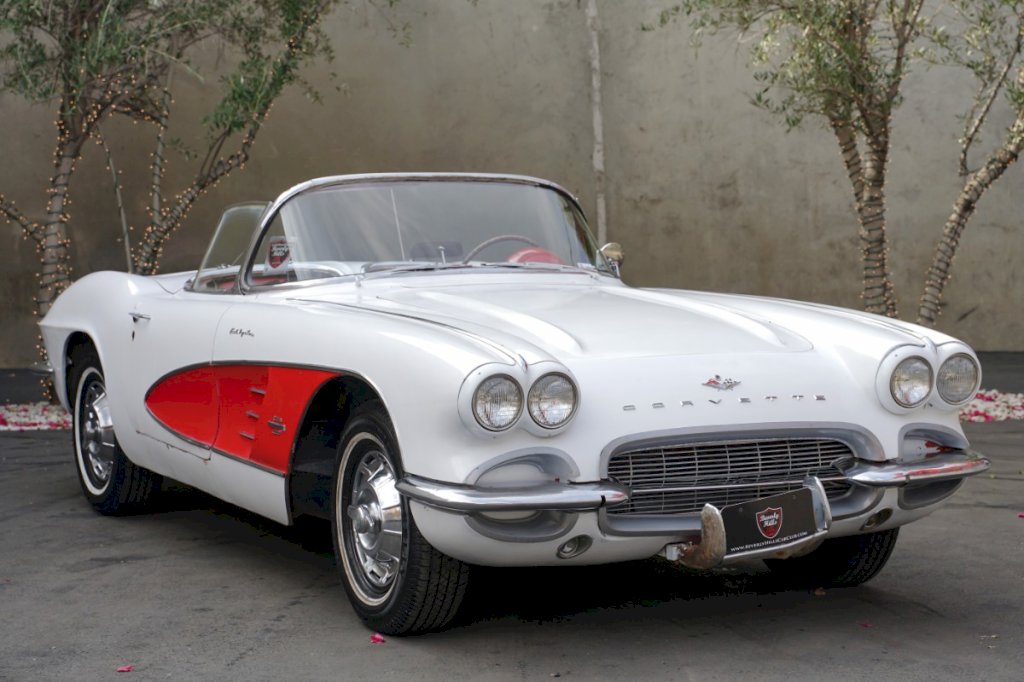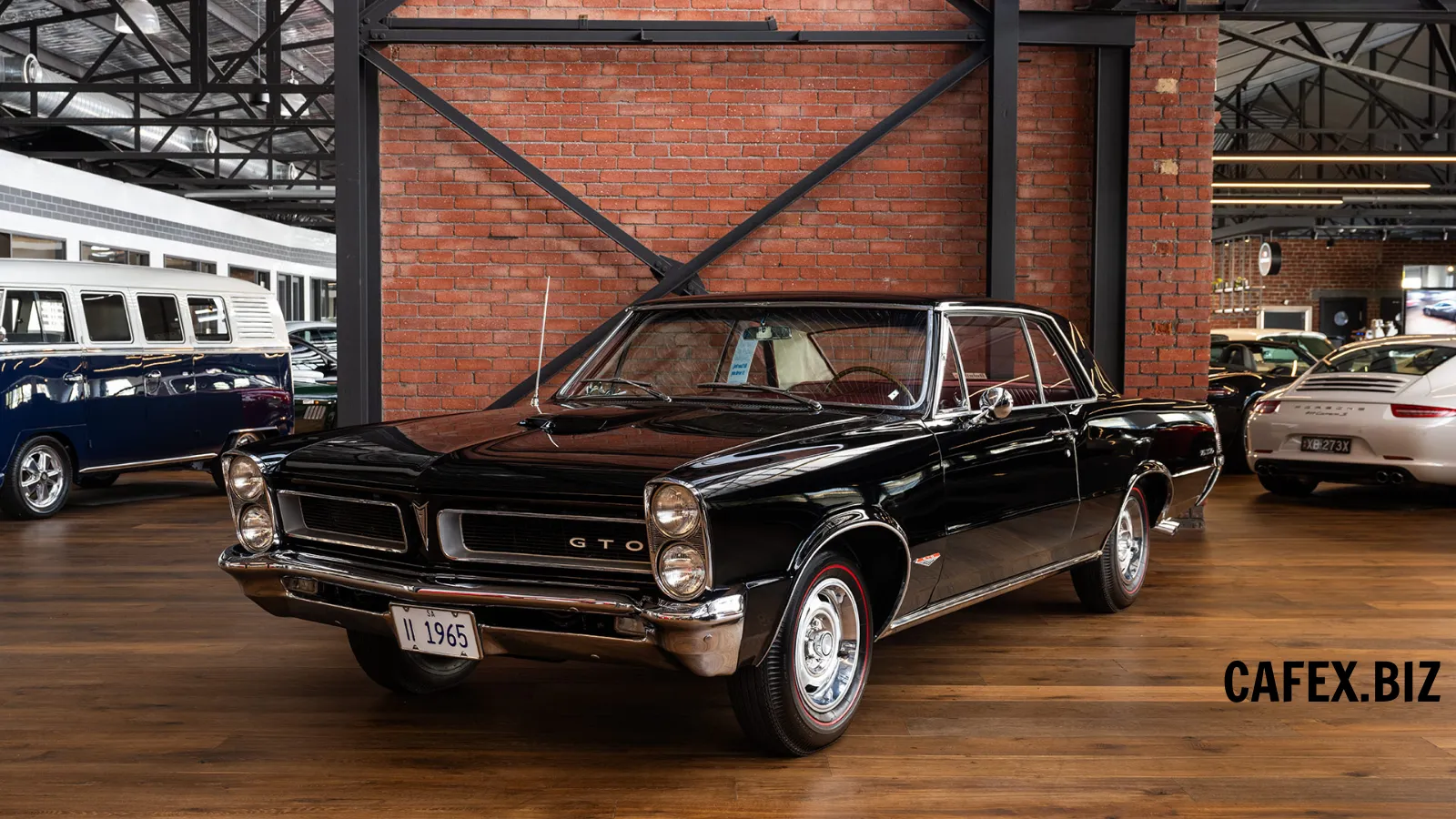The Saab 92 was a car produced by the Swedish automaker Saab between 1949 and 1956. It was the first production car from Saab and played a significant role in establishing the company as a reputable automobile manufacturer.
-1686039789x1024.jpg)
1. Design
The design of the Saab 92, produced between 1949 and 1956, was characterized by its distinctive and aerodynamic shape. Here are some specific design features of the Saab 92:
Teardrop Shape
The overall shape of the Saab 92 resembled a teardrop, with a rounded front end that gradually tapered towards the rear. This design was aimed at reducing aerodynamic drag and improving fuel efficiency.
-1686039849.jpg)
Compact Size
The Saab 92 was a compact car, measuring about 3.9 meters (12.8 feet) in length. Its small size made it maneuverable and well-suited for urban driving.
-1686039861x1024.jpg)
Streamlined Front End
The front end of the Saab 92 featured a rounded hood with integrated headlights. The headlights were positioned high on the fenders to improve visibility and reduce the risk of damage in case of minor collisions.
-1686039876x1024.jpg)
Sweeping Windshield
One of the defining design elements of the Saab 92 was its curved, one-piece windshield that wrapped around the front corners of the car. This windshield design was unique for its time and provided excellent visibility for the driver.
-1686039914x1024.jpg)
Slanted Rear End
The rear of the Saab 92 had a sloping, streamlined profile, which helped reduce drag and enhance stability. The rear fenders smoothly merged into the rear deck, creating a cohesive and flowing design.
-1686039929x1024.jpg)
Integrated Bumpers
The Saab 92 had integrated bumpers that were designed to blend seamlessly with the overall body shape. These bumpers were made of durable materials and provided some protection in case of minor impacts.
-1686039942x1024.jpg)
2. Engine
The Saab 92, produced between 1949 and 1956, was equipped with a two-cylinder, two-stroke engine. Here are some details about the engine used in the Saab 92:
Displacement
The engine used in the Saab 92 had a displacement of 764 cc (0.8 liters). It was a relatively small engine, reflecting the compact nature of the car.
-1686039957x1024.jpg)
Two-Stroke Configuration
The engine followed a two-stroke cycle, which means it completed the four stages of intake, compression, combustion, and exhaust in just two piston strokes. This design was common for small engines during that era.
-1686039974x1024.jpg)
Carburetion
The engine featured a single carburetor for fuel delivery and mixing with air. The carburetor ensured the proper fuel-air mixture for combustion.
-1686039989.jpg)
Cooling System
The Saab 92's engine was air-cooled, which means it relied on air circulation rather than a liquid coolant to dissipate heat. This design simplified the engine and reduced maintenance requirements.
-1686040016x1024.jpg)
Reliability and Simplicity
The two-stroke engine used in the Saab 92 was known for its reliability and simplicity. It had fewer moving parts compared to four-stroke engines, making it easier to maintain and repair.
-1686040059.jpg)
Later Upgrades
Towards the end of the Saab 92's production, the engine received some improvements, including higher compression ratios and increased power output.
-1686040087x1024.jpg)
It's worth noting that the two-stroke engine design was eventually phased out in Saab's later models in favor of more modern four-stroke engines. However, the use of the two-stroke engine in the Saab 92 was significant for its time and contributed to the car's unique character.
3. Performance
Acceleration
The Saab 92 had a relatively low power output from its two-cylinder, two-stroke engine, typically producing around 25 to 28 horsepower. As a result, the acceleration was not particularly fast by modern standards. However, it provided adequate performance for city driving and commuting.
-1686040104x1024.jpg)
Top Speed
The top speed of the Saab 92 was generally around 105 to 110 km/h (65 to 68 mph). While not exceptionally high, it was sufficient for urban and suburban driving conditions during that era.
-1686040132x1024.jpg)
Fuel Efficiency
The Saab 92 was known for its fuel efficiency, thanks to its aerodynamic design and compact size. The two-stroke engine, although not as efficient as modern four-stroke engines, contributed to the car's overall fuel economy.
-1686040151.jpg)
Handling
The Saab 92's handling characteristics were praised for their nimbleness and maneuverability. The compact dimensions, front-wheel drive, and independent suspension helped provide good agility in urban environments.
-1686040210x1024.jpg)
Reliability
The Saab 92 was generally regarded as a reliable car. Its two-stroke engine was known for its simplicity and durability, requiring less maintenance compared to more complex engines of the time.
-1686040230.jpg)
The performance of the Saab 92 should be understood in the context of the era in which it was produced. The focus of the Saab 92 was primarily on practicality, efficiency, and urban mobility rather than high-performance capabilities.
4. Cultural Significance
National Identity
The Saab 92 was the first mass-produced car by Saab, a Swedish company. It played a pivotal role in establishing Saab as a prominent automotive manufacturer and became an iconic symbol of Swedish engineering prowess. The car became associated with Swedish national identity and was seen as a source of pride for the country.
-1686040251x1024.jpg)
Design and Innovation
The Saab 92's unique and aerodynamic design made it stand out among its contemporaries. It showcased Scandinavian design principles with its streamlined shape and functional features. The car represented a departure from conventional automotive design and reflected Sweden's reputation for innovative thinking.
-1686040264x1024.jpg)
Safety Innovations
Saab has a longstanding reputation for prioritizing safety in its vehicles, and the Saab 92 was no exception. It introduced several safety features ahead of its time, such as a robust safety cage design, crumple zones, and a padded dashboard.
-1686040279x1024.jpg)
These innovations emphasized Saab's commitment to protecting occupants and laid the foundation for future safety advancements in the automotive industry.
Export and International Recognition
Despite being a small-scale manufacturer, Saab managed to export the Saab 92 to various countries. Its distinctive design and reputation for quality and reliability helped it gain international recognition. The export success of the Saab 92 contributed to the global awareness of the Saab brand and Swedish automotive engineering.
-1686040301.jpg)
Popularity and Legacy
The Saab 92 was well-received in the Scandinavian market and gained popularity for its durability, practicality, and innovative design.
-1686040337x1024.jpg)
Classic and Vintage Appeal
Over the years, the Saab 92 has acquired a classic and vintage status, attracting enthusiasts and collectors. Its unique design, historical significance, and limited production period have made it a conveted car among vintage car enthusiasts.
-1686040314x1024.jpg)
Saab was a brand that faced financial difficulties in the early 2010s and eventually ceased production. Therefore, the Saab 92 is considered a classic car from the company's earlier years.
-1686039827x1024.jpg)


